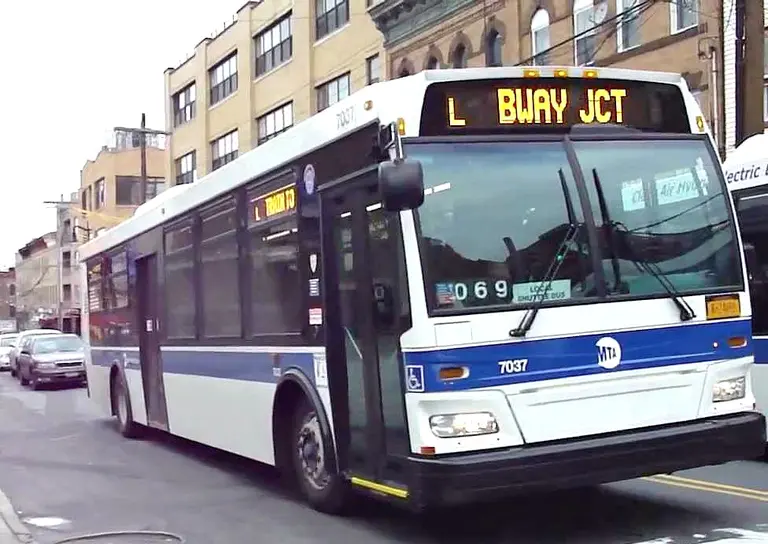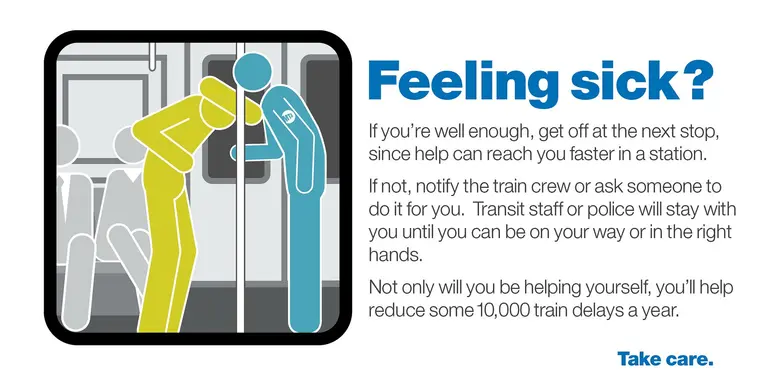Did You Know the MTA Uses Pantone Colors to Distinguish Train Lines?
Find out more this way

World’s Fair Terminal Station. Photo via Bill Cotter

Image: Xymox/Flickr

Map by vanshnookenraggen.com via Reddit.
New Yorkers are notoriously hard to impress, so it’s not surprising that some are finding fault with the MTA’s proposed open gangway subway trains, which are pretty much the norm everywhere else in the world. Despite the fact that they’ll reduce congestion and platform pileups, as well as reportedly increase safety, jaded city dwellers fear […]

Image via Allen1628famm/YouTube

An open gangway subway in Berlin, photo via Second Avenue Sagas

Image via MTA/Flickr

Image via FEMA
Yesterday, 6sqft brought you this modern subway map redesign by Tommi Moilanen. His version keeps the current map’s basic structure, but infuses it with a bit of Massimo Vignelli‘s famous graphic style. Geographically and systemically accurate, Moilanen’s map also uses thick and thin lines to represent express and local service; tints skipped stops a lighter shade; more clearly […]